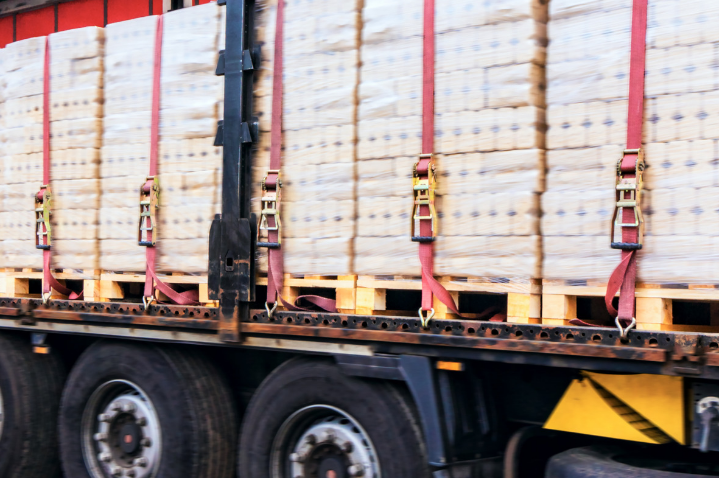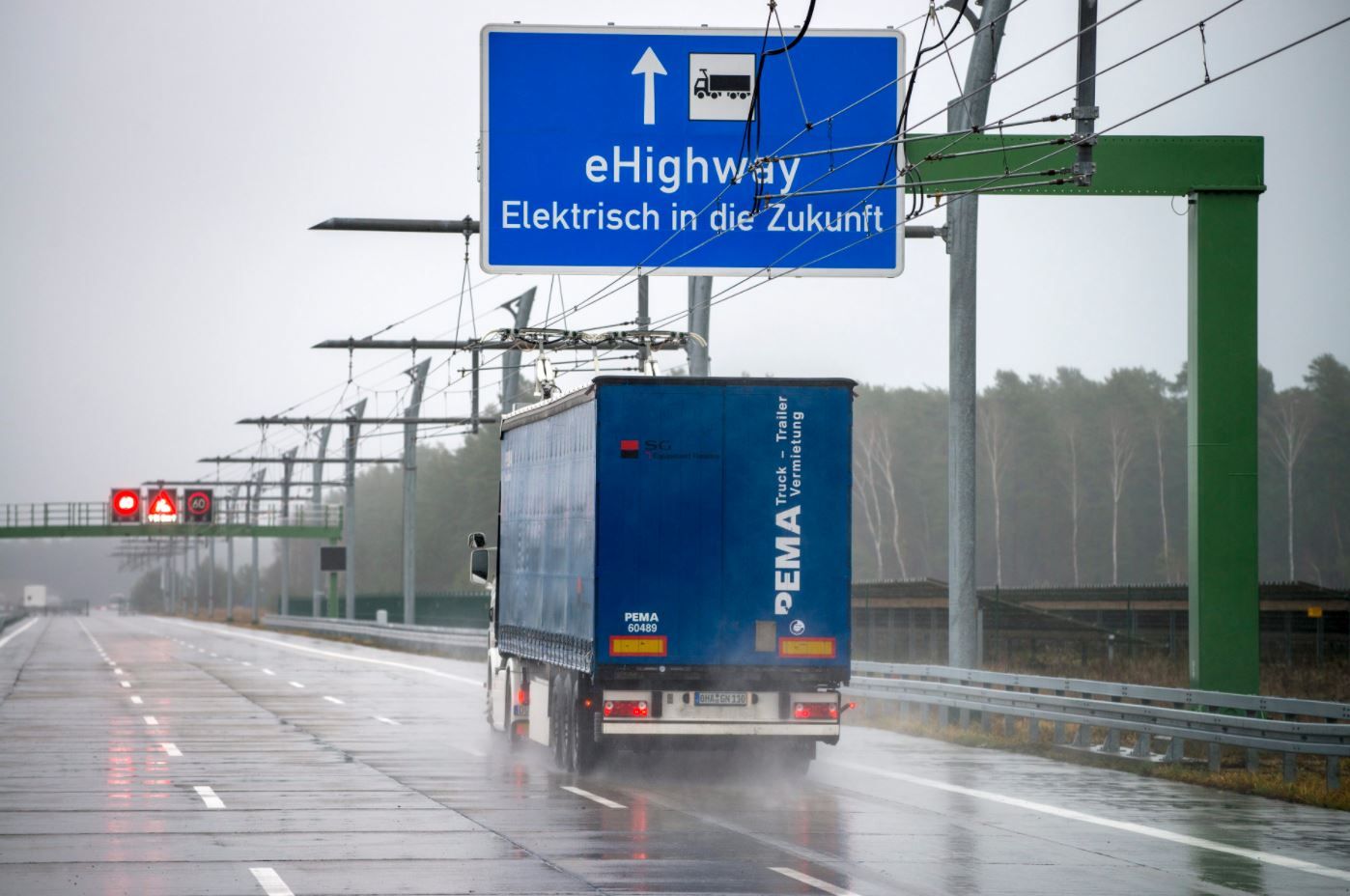
When transporting a load, securing it properly (fixing the load) will prevent damage to the vehicle and injury to passengers or other road users, and avoid traffic jams due to the loss of cargo. The correct fixing of the load for road transport must take into account many variables, such as the type of goods transported, the packaging and the arrangement of the weights inside the compartment.
For this reason, from May 20, 2018 the decree number 215 of 19 May 2017 will officially come into force, which will concern the execution of technical roadside checks of commercial vehicles circulating on the national territory, in order to improve road and environmental safety.
This decree will mainly affect the world of road hauliers, as it concerns the correct fixing of the load so that it does not move during the journey that the truck will have to make.
Technical roadside checks: what is expected now
The release of the “Directive 2014/37/EU”, which replaces the previous one (2000/30/CE), regulated the technical roadside checks expected for commercial vehicles circulating in the Union. The controls, which have the goal of highlighting any deficiencies, mainly concern aspects that affect the functionality of the vehicle; here are some:
- Braking system
- Steering
- Visibility
- Electrical system and parts of the electrical circuit
- Axles, wheels, tires, suspensions
- Frame and elements attached to the frame
- Other equipment
- Harmful effects
- Additional checks for vehicles of categories M2 and M3 used for the carriage of passengers
What are the risks if there are anomalies on the fixing of the load
The requirements for securing the load are set out in Attachment III of the Ministry of Transport Decree 215/2017 (which transposes Directive 2014/47 / EU) and envisage three types of shortcomings: slight, serious and dangerous.
- SLIGHT: occurs when the load has been set correctly but additional precautionary advice may be required;
- SERIOUS: this occurs because the load has not been correctly fixed and there is a risk of significant movements or even the overturning of the load itself or parts of it;
- DANGEROUS: it can become a threat to road safety due to the risk of falling load or parts of it or a danger arising directly from the load or an immediate danger to people.
In the event of a serious or dangerous deficiency, the control authorities could also decide to stop the vehicle until the anomaly is removed and the applicable penalties vary between 85 and 338 euros.
Relying on these cases to industry leaders, given the increasingly demanding and complex regulations, can facilitate the execution of an otherwise very complicated and risky transport; moreover you will have the guarantee not to incur dangerous penalties or difficulties due to the transport of your cargo.
Request more information now by requesting a quote without obligation.


